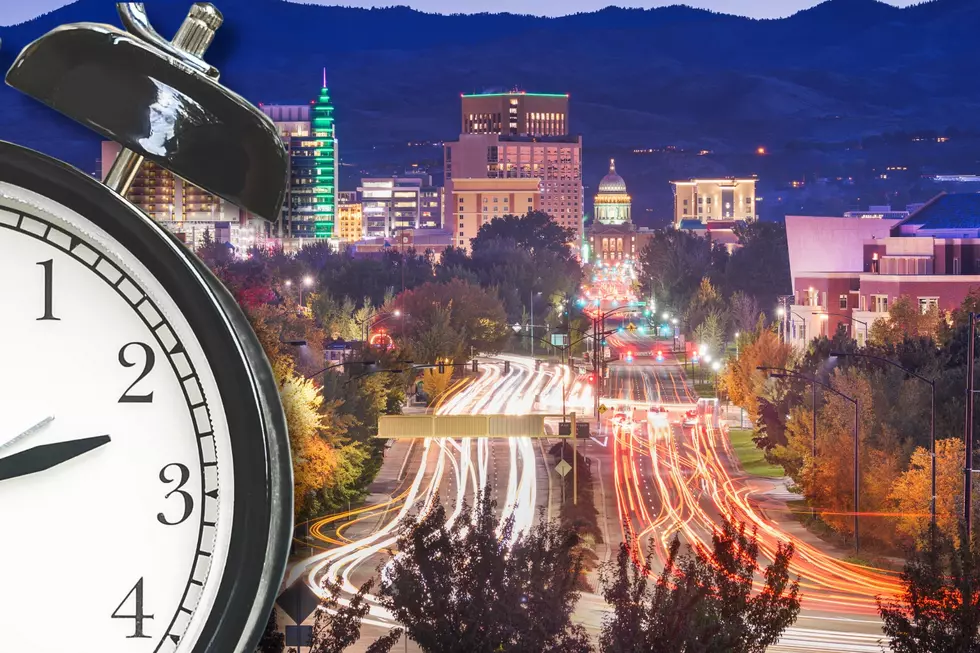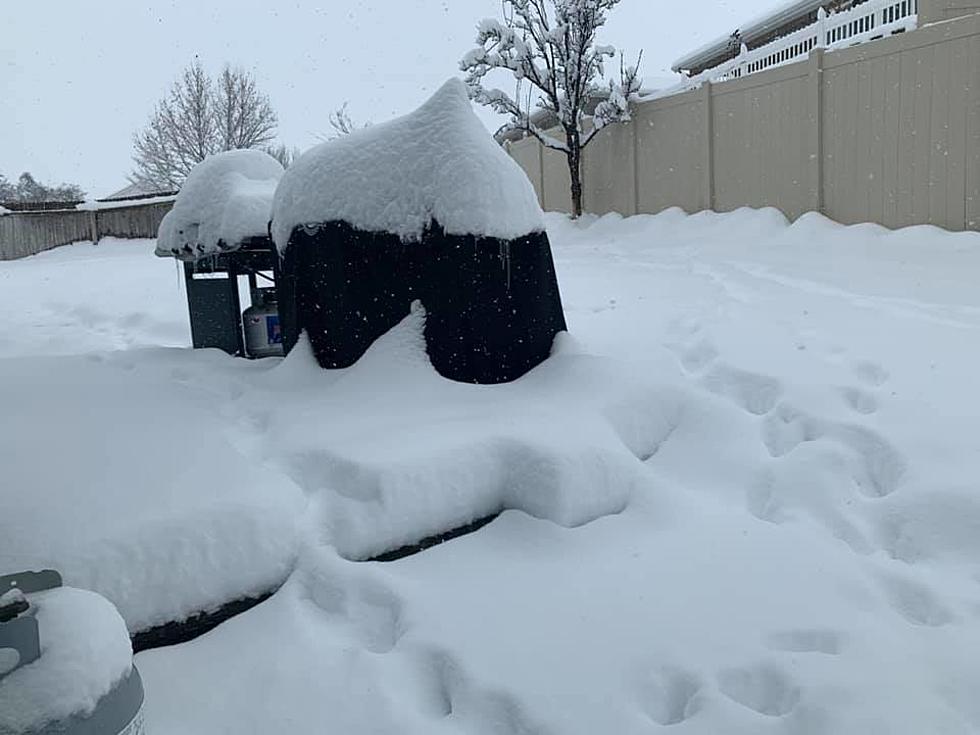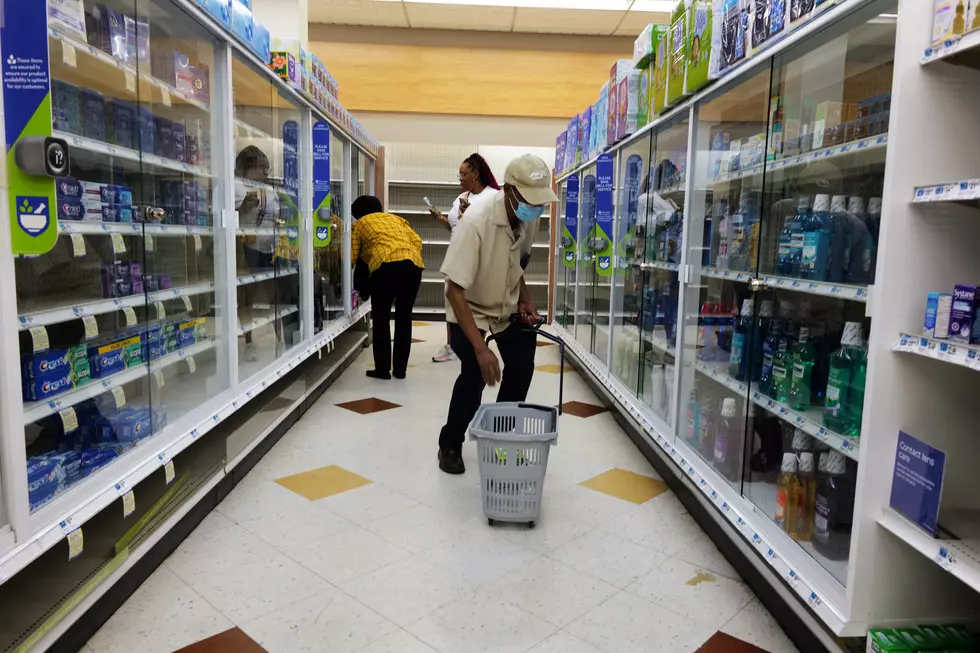
Farmers’ Almanac Winter Forecast: Let It Snow, Boise
It' been a year to remember--and then some. Nothing, in any regard, has felt particularly "normal" and if there was ever a need to remember that sometimes, you've just got to go with the flow--this is it for us. If you have been here in the Treasure Valley for at least a year or two, you'll definitely be able to talk to your kids and grandkids one day about the impacts of these past several months. The elephant in the room, of course, is COVID-19 and how the Treasure Valley shut down like we have never seen in modern history. Throw in some crazy stuff like an intense earthquake last spring and a blistering hot summer and the craziness continues.
Do you remember the "Snowmageddon of 2017" (pictured below) that just never seemed to end? Experts are saying it could be back...let's just remind you of how snowy it was real fast:
Snowmageddon 2017
Yes, that's right--another snowmageddon COULD be on the way.
Just weeks ago, we shared with you that long term forecasts were projecting "La Nina", a climate pattern that would bring a COLD and WET winter to the Pacific Northwest.
Now, the Farmers' Almanac is backing up these claims.
If you're not familiar, the Farmers' Almanac is an annual publication that has gone out since 1818 that provides long-term weather predications. According to the publication, subscribers give them about a 80-85 percent accuracy rate: not bad.
As summarized in a recent article,
There will be some significant storms moving inland from the Pacific Ocean come January and February, which will be needed
Yes, cold temperatures--even colder in some places than normal, are indeed projected along with snow. We're all a little bit tired of the smoke and the heat but if you hate the cold, maybe it's time to look at the glass half full?
LOOK: The most expensive weather and climate disasters in recent decades
KEEP READING: Get answers to 51 of the most frequently asked weather questions...
TIPS: Here's how you can prepare for power outages




